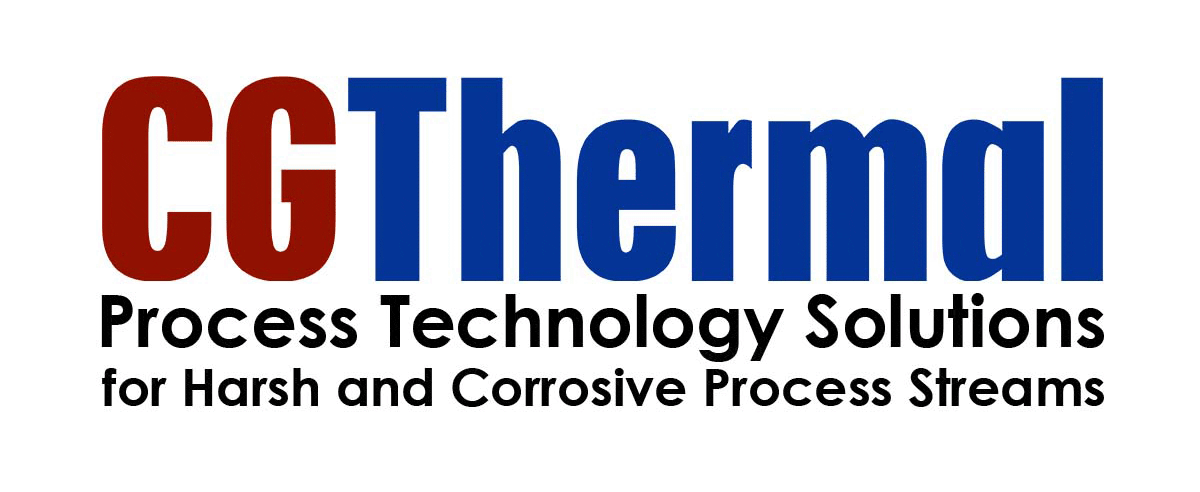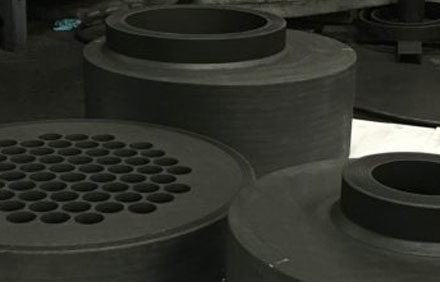Graphite Impregnation: How it all started
In the late 1800s, Edward Acheson accidentally manufactured synthetic graphite while trying to create synthetic diamonds. He found that at ambient pressure, amorphous carbon converts to crystalline graphite at 2300-3000°C. This is now known as the Acheson Process. That synthetic graphite is useful in a variety of applications including heat transfer situations, and most importantly, graphite impregnation.
Our Graphite Impregnation Services
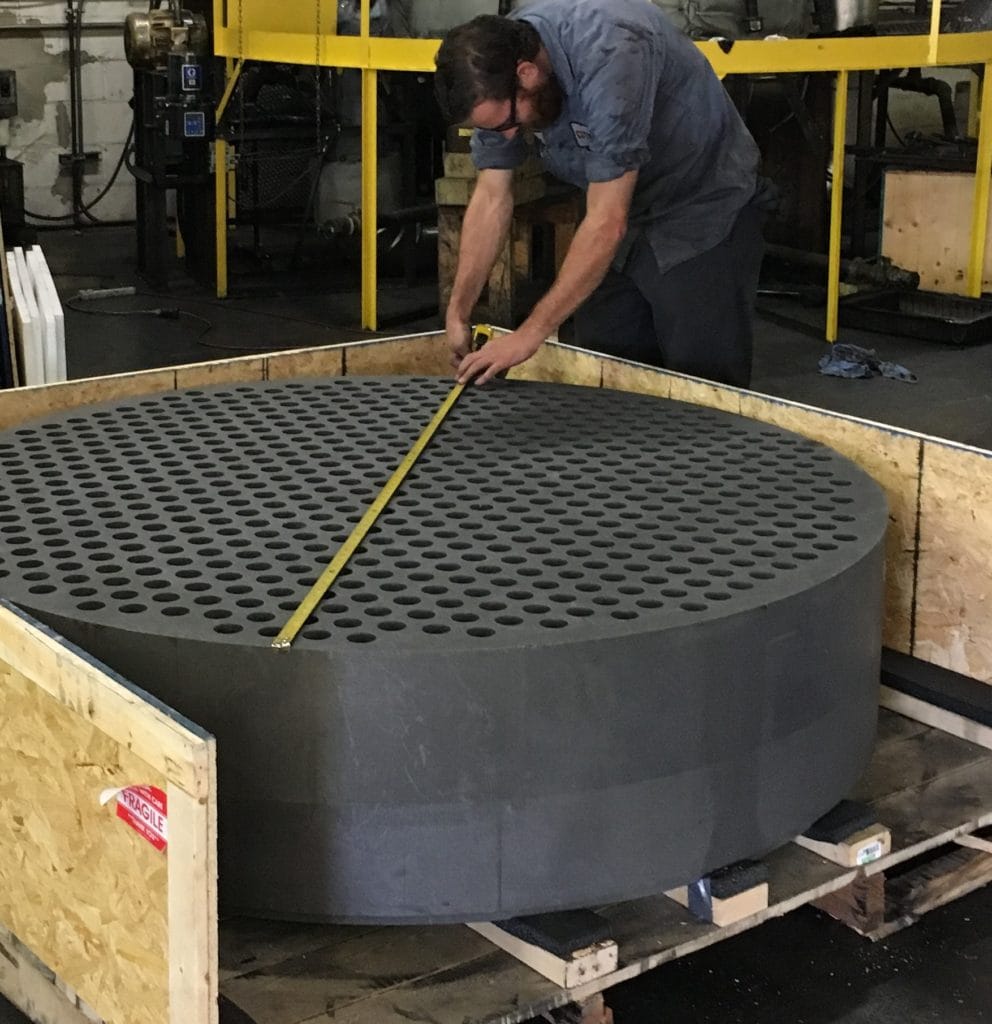
The most common reason for impregnating graphite is to fill the voids of the porous “raw” graphite, making it impervious to fluids. However, impregnation is also used to protect the graphite against environmental conditions, creating what we call Impervite®.
Resin used in the production of Impervite® has properties that are field-proven to match specifically with the base graphite properties and our impregnation process.
4 Steps for Graphite Impregnation
The impregnation process consists of four repeatable steps, depending on the geometry of the graphite.
- First, graphite is heated to drive off moisture and contamination.
- Next, a high vacuum is applied to the graphite to remove the air from the voids then floods them with the resin.
- Then, the tank undergoes an application of high pressure to force the resin into the voids and maximize graphite penetration depth.
- Finally, the resin in the graphite is polymerized to the desired hardness using controlled heating.
For more information on how we produce Impervite®, click here.
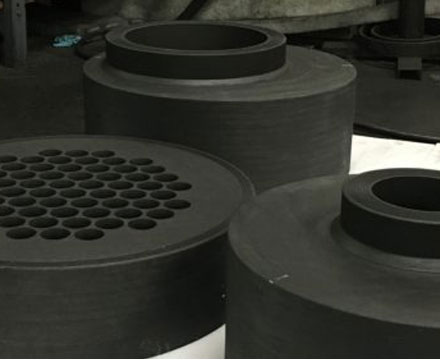
CG Thermal offers time-proven phenolic graphite impregnation that has stood up to the rigors of the chemical processing industry to customers for their unique graphite components. We serve many markets, each having their unique requirements.
We have added significant impregnation capacity over the last several years. Therefore, we are capable of processing large batches of components with large diameters and long lengths. Whether we supply the graphite or you ship us your graphite for impregnation, you will receive the unique benefits of the Impervite® impregnation system and we will work with you on all standards the graphite needs to meet.
Impervite® Graphite is ESSENTIAL
Composition of the base graphite must meet a very stringent specification and undergo a precisely controlled impregnation process.
Ultimately, the result is graphite that has excellent heat transfer characteristics and can withstand the stresses resulting from temperature and pressure fluctuations and mechanical stresses common in process applications.
Graphite in Heat Exchangers
The physical and thermal properties of graphite make it a great heat transfer media. Using graphite in heat exchangers has its many advantages, including:
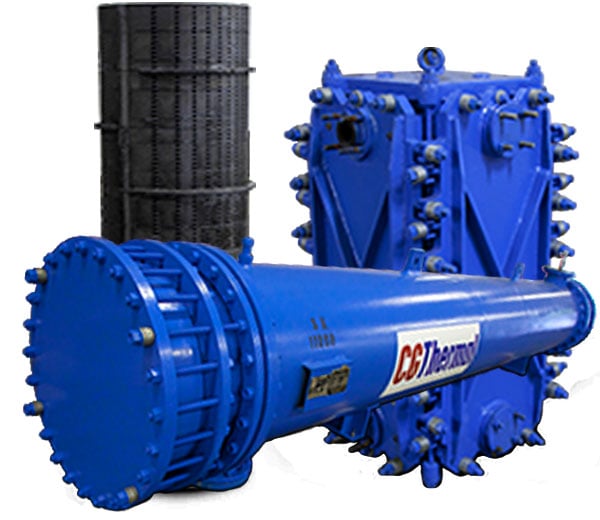
- Exceptional thermal conductivity
- Easily machined
- Capable of withstanding system stresses
- Superior corrosion resistance
- Low coefficient of thermal expansion (CTE)
- High operational safety
- Long service life
Additionally, graphite is well-suited for use with strong reducing acids with high chloride contents like hydrochloric acid. This is all because graphite exhibits the properties of a metal, with it’s high thermal and electrical conductivity, and a nonmetal, because of its inertness. The resistance to corrosion allows graphite to withstand a wide range of harsh and corrosive process streams.
Other common applications of graphite include evaporation, condensation, or simple heating and cooling of nitric acid, phosphoric acid, and sulfuric acid.
At CG Thermal, we offer three types of graphite heat exchangers for corrosive environments. Click here to see those products.
Contact us today and see what CG Thermal can do for you.
